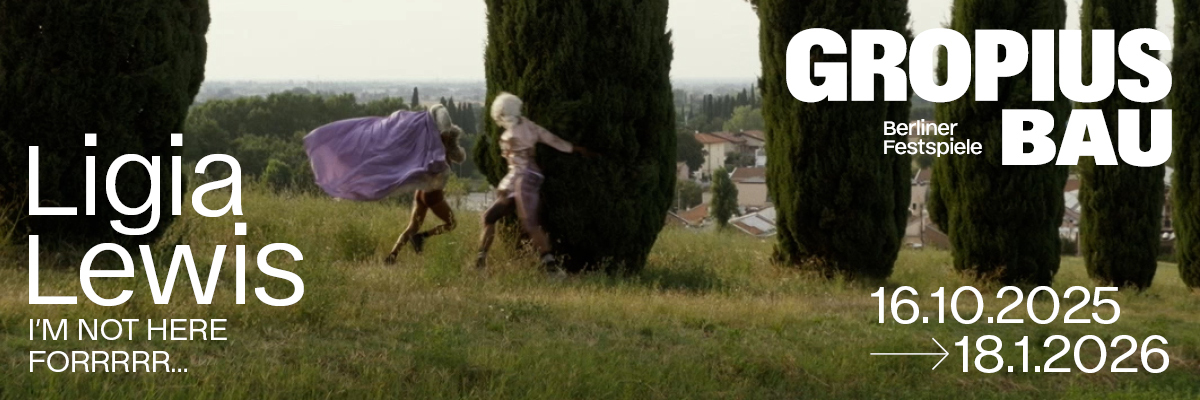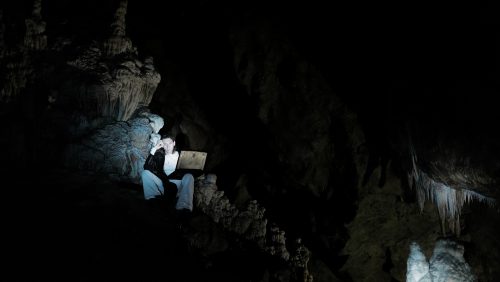
Romain Blanck
Based on an almost true story

Based on an almost true story, Romain Blanck, Tha House, 2024
Advertisement
Based on an almost true story, Romain Blanck, Tha House, 2024

Based on an almost true story, Romain Blanck, Tha House, 2024
Based on an almost true story, Romain Blanck, Tha House, 2024
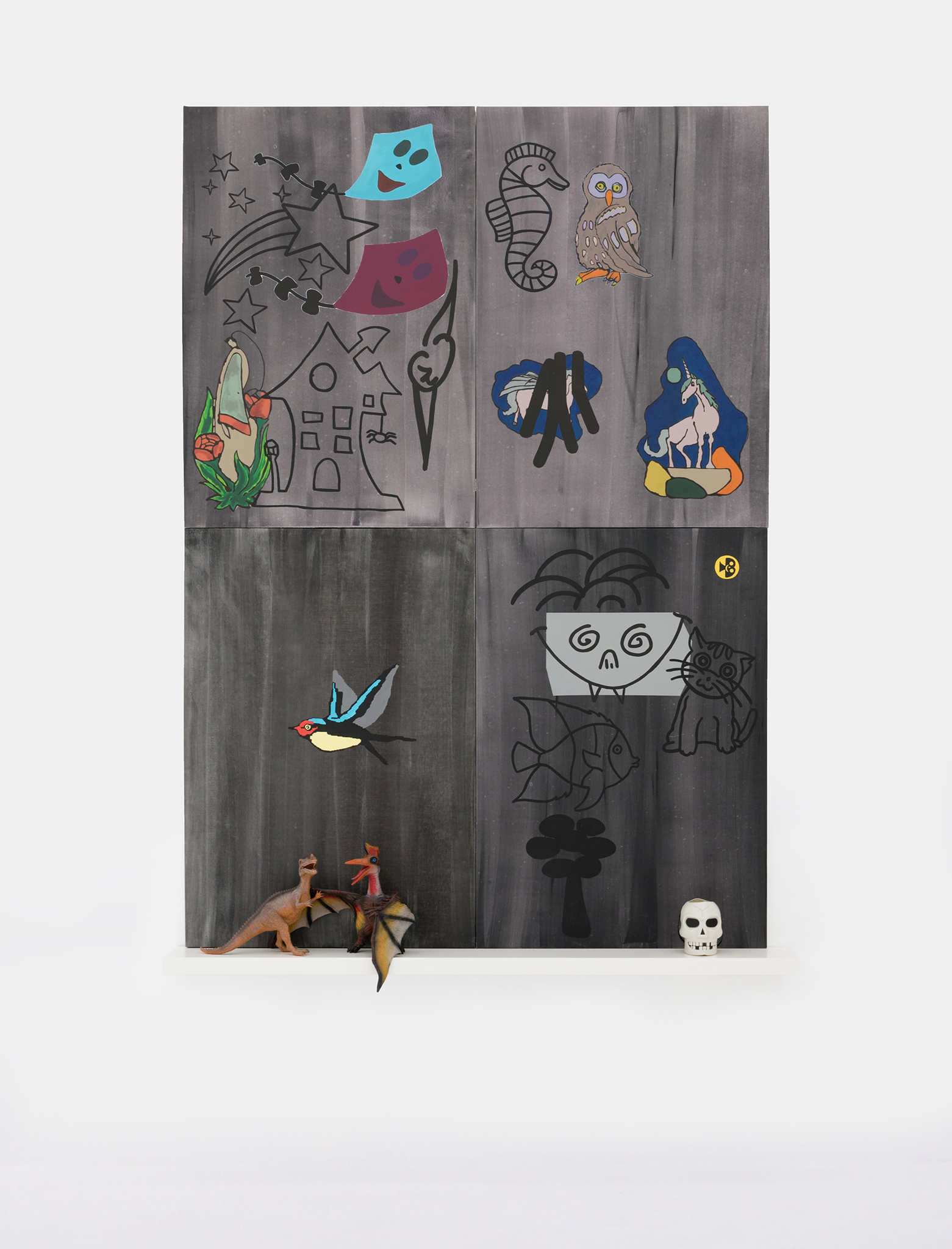
Based on an almost true story, Romain Blanck, Tha House, 2024

Based on an almost true story, Romain Blanck, Tha House, 2024
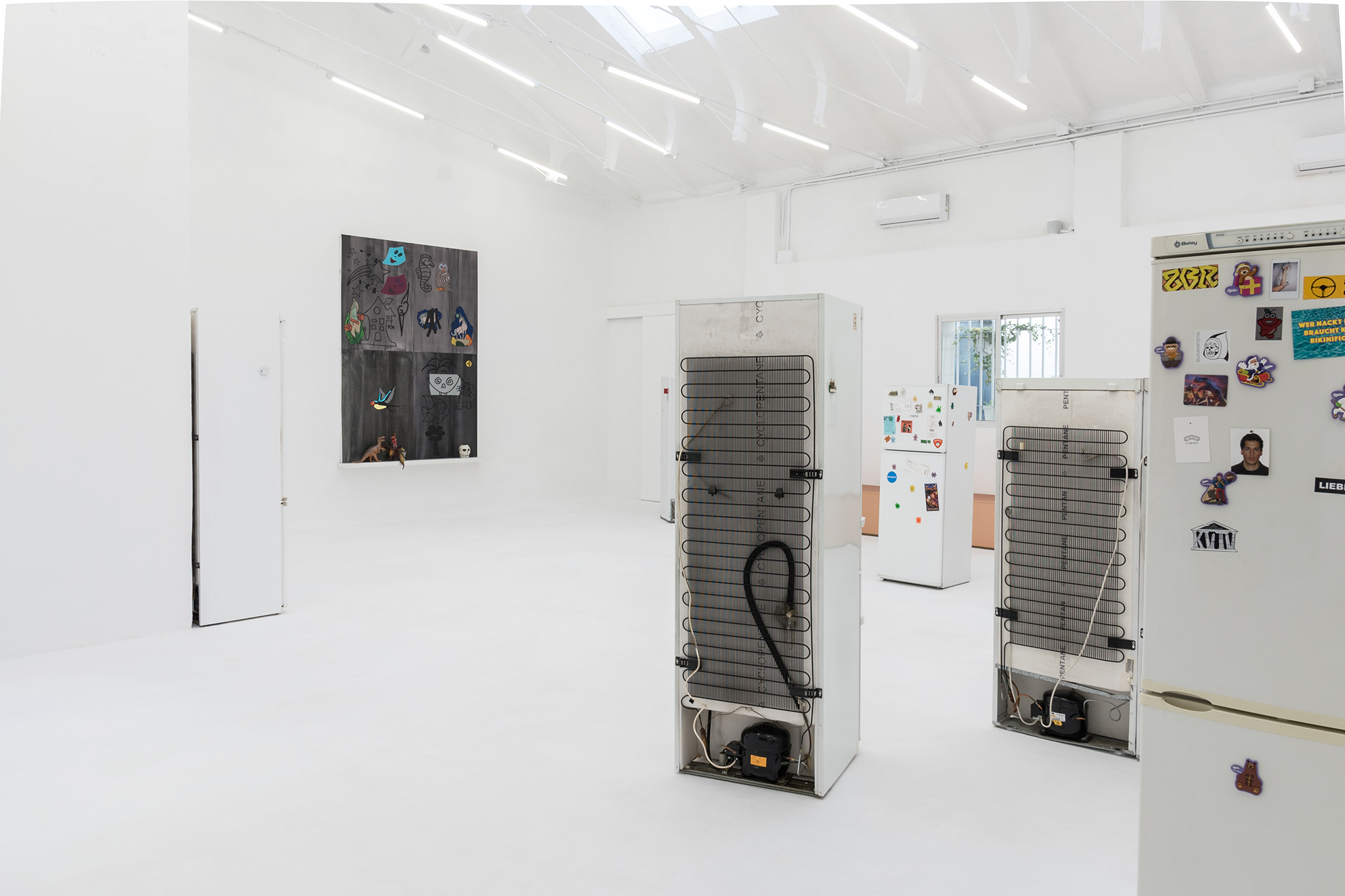
Based on an almost true story, Romain Blanck, Tha House, 2024
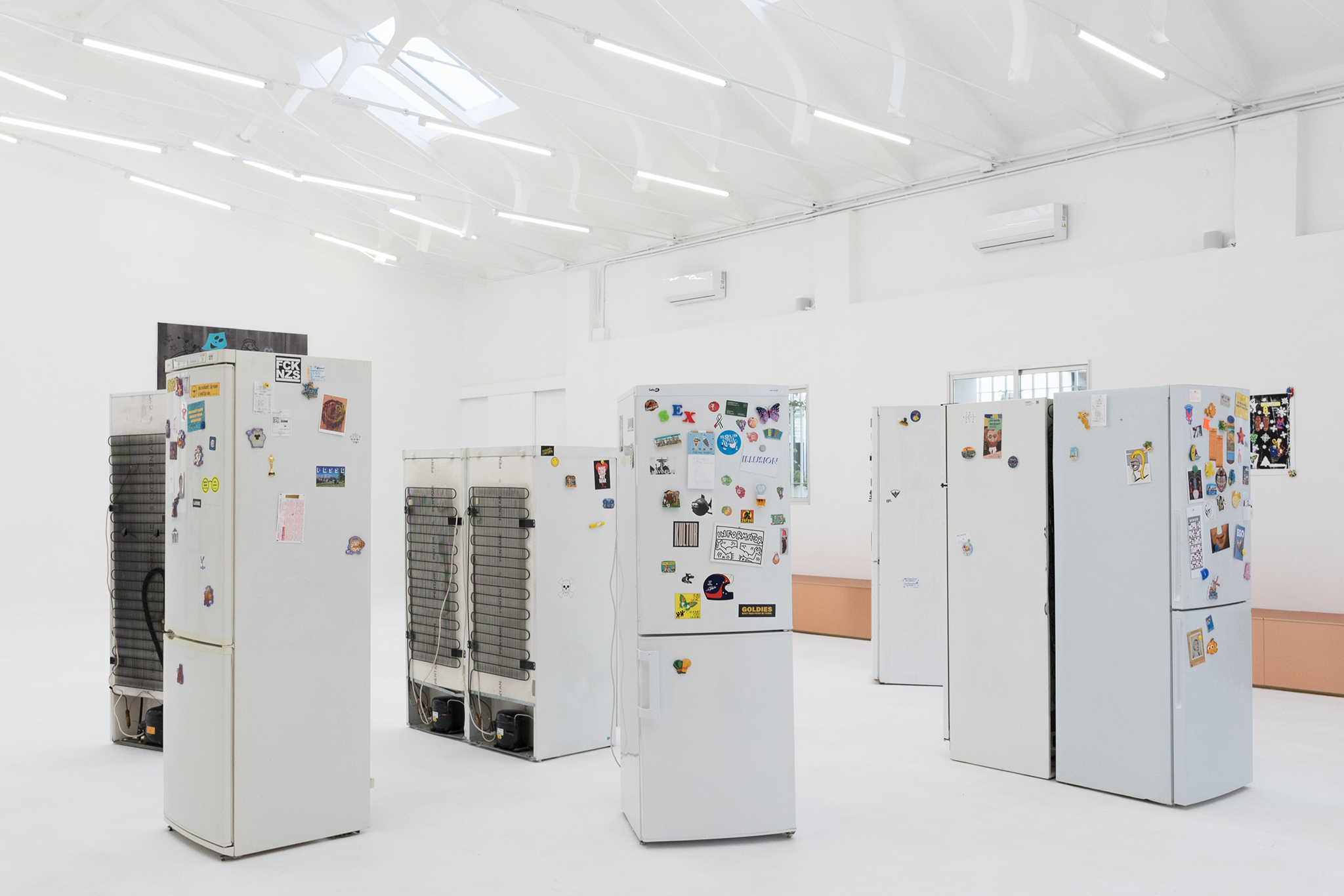
Based on an almost true story, Romain Blanck, Tha House, 2024
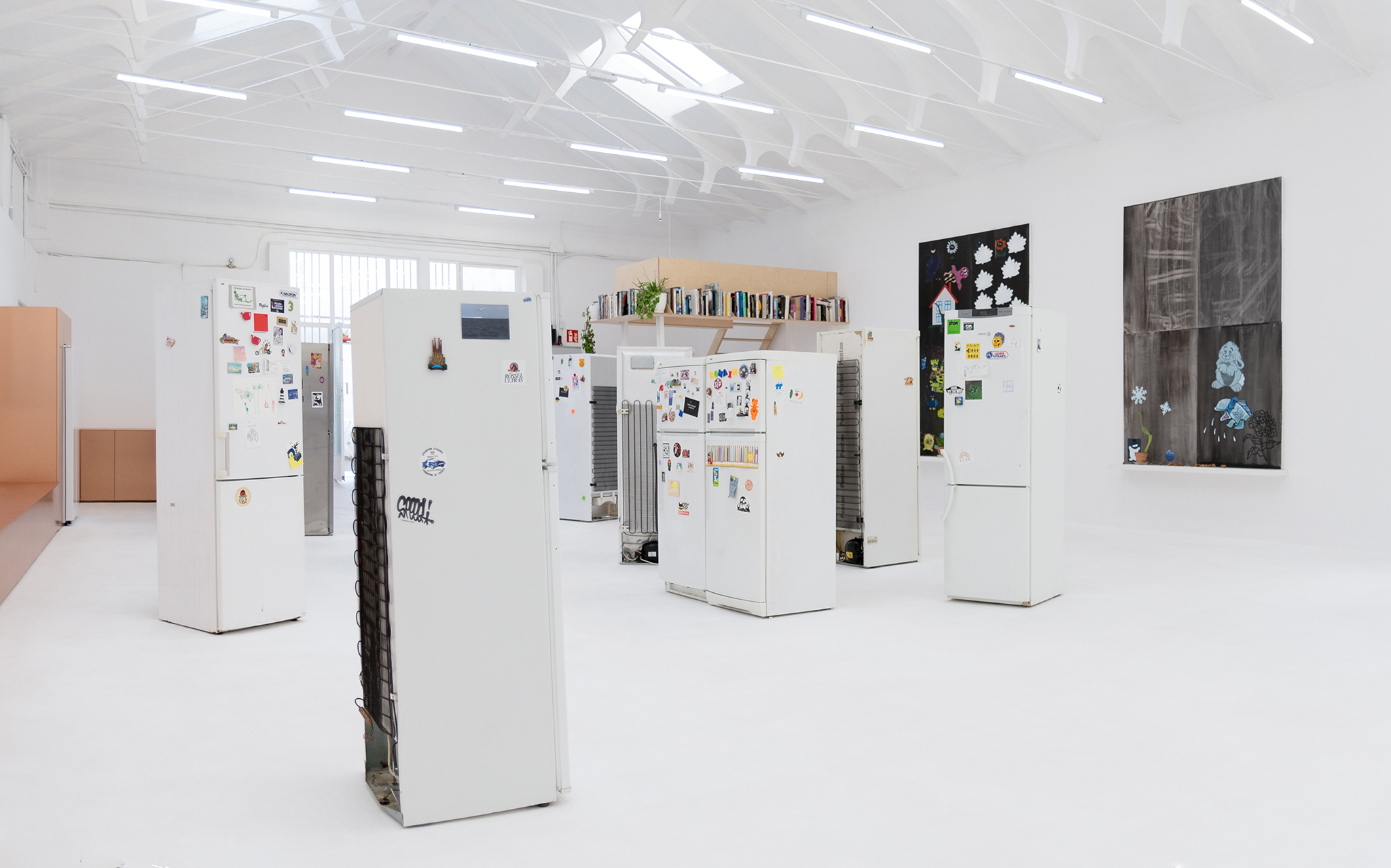
Based on an almost true story, Romain Blanck, Tha House, 2024
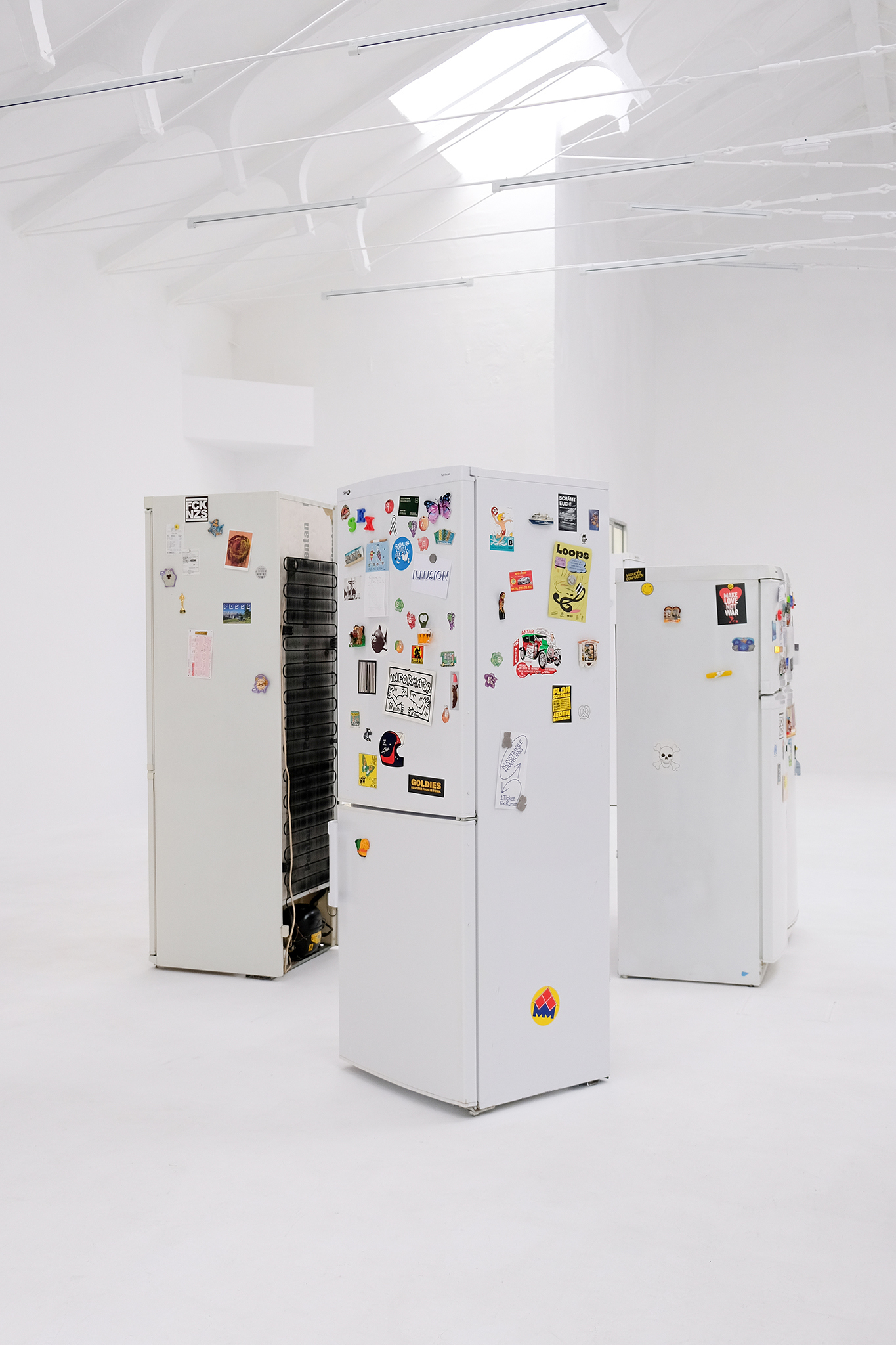
Based on an almost true story, Romain Blanck, Tha House, 2024
Based on an almost true story, Romain Blanck, Tha House, 2024
Based on an almost true story, Romain Blanck, Tha House, 2024
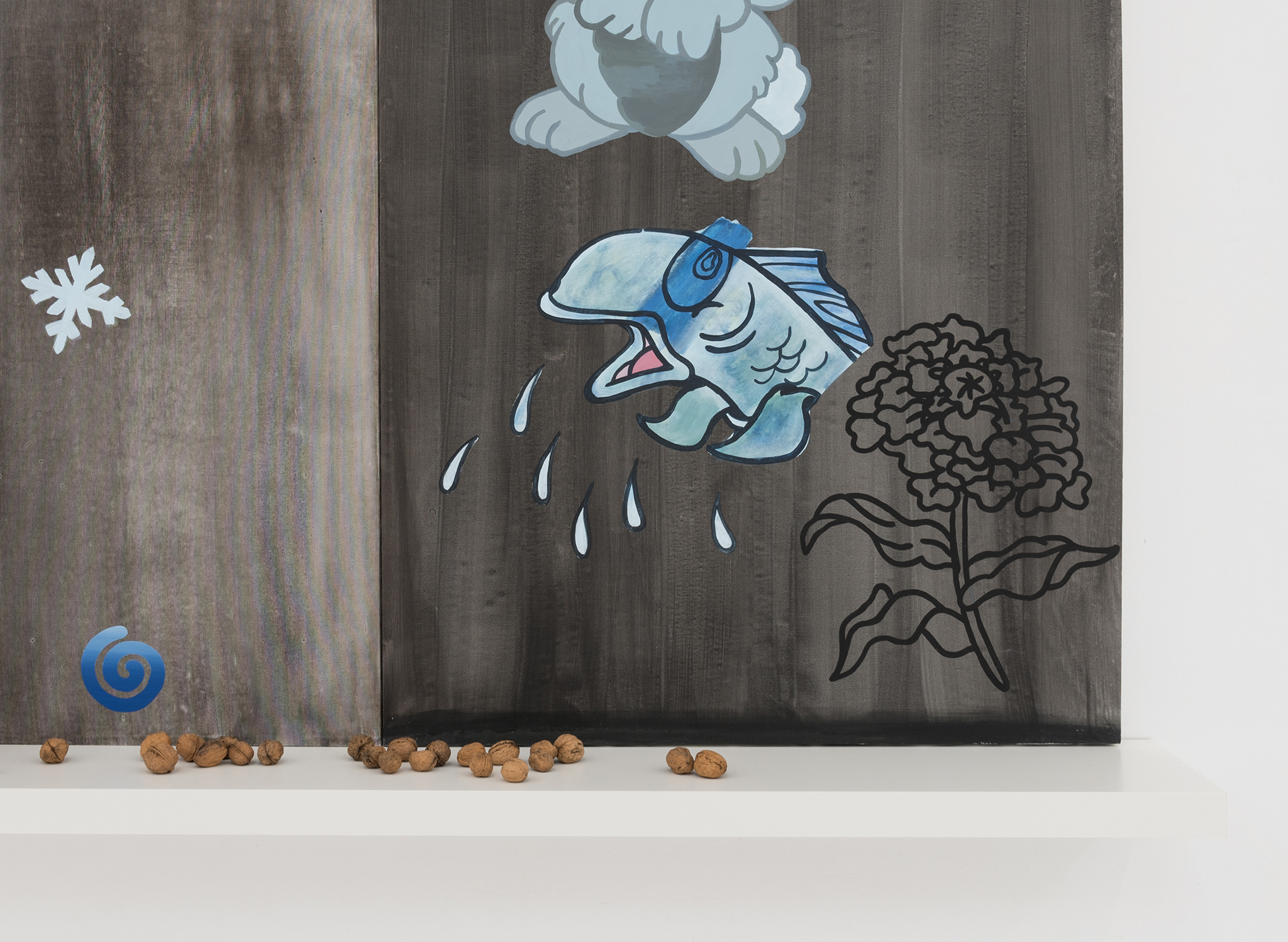
Based on an almost true story, Romain Blanck, Tha House, 2024
Based on an almost true story, Romain Blanck, Tha House, 2024
Based on an Almost True Story, the artist Romain Blanck presents a fascinating connection between canvas works and everyday objects that find new illumination in the context of art. His paintings featuring window views that are visible to passersby on the street are not just visual representations but also reflections on human life.
The works are complemented by refrigerators adorned with magnets, stickers, and postcards. For the artist, they represent one of the places where memories are captured in everyday life, even though the function of the object itself is entirely different. The refrigerators are thus more than mere functional carriers; they serve as a surface for intimate memories and daily rituals.
The magnets that decorate these refrigerators sometimes purchased, sometimes souvenirs, varying in shape, color, and motif embody the small, often unconscious stories we connect with our environment. They show, just like postcards, photos, stickers, and invitations, how we navigate our daily lives and how our actions leave conscious and unconscious traces.
Romain Blanck collects these traces that we humans leave behind without known thoughts or information to him. In his search, he moves both urban and digital. For the exhibited paintings, he draws on photos from his archive that show stickers on cars or windows, or screenshots. Stickers have a subversive effect on us due to their repeated presence and are symbols of our everyday communication and relationship with the environment.
By filling the visual and spatial framework of Tha House with objects, the artist opens up multiple layers of experience for us as viewers. Thus, we find ourselves not, as the view of the canvases suggests, on a street, but in the gallery Tha House, an exhibition space that, through its name, evokes a staged reality. The artist aims to create a mimetic representation of reality that consciously plays with the question of truth and fiction. Here, art becomes a mirror of our everyday existence, challenging us to question our own traces and memories.
Conceptually tangible is especially the parallel between the paintings and refrigerators, whose limited surfaces present challenges in that the given surfaces experience use the perfect positioning of the motif or object on a limited ground is essential for Romain Blanck and can be perceived not only in the individual works but also in the complete staging of the exhibition, as well as in the play with the imitation of reality, which is no longer solely carried out on canvas by the artist alone.
Felicitas Kastner

